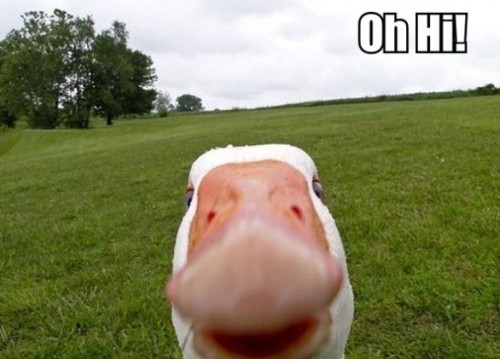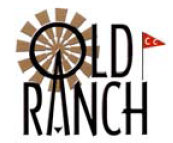We Played Eighteen Holes Before Going Dancing 4/12/2013

We are on #2 when two geese appear.... They were "strangers" as they did not know Grandma Sue
Did You Know? - In North America, non-migratory Canada Goose populations have been on the rise. The species is frequently found on golf courses, parking lots and urban parks, which would have previously hosted only migratory geese on rare occasions. Owing to its adaptability to human-altered areas, it has become the most common waterfowl species in North America. In many areas, non-migratory Canada Geese are now regarded as pests by humans.

"Say what?? Two more geese behind me???"
Did You Know? - During the second year of their lives, Canada Geese find a mate. They are monogamous, and most couples stay together all of their lives. If one dies, the other may find a new mate. The female lays 3–8 eggs and both parents protect the nest while the eggs incubate, but the female spends more time at the nest than the male.
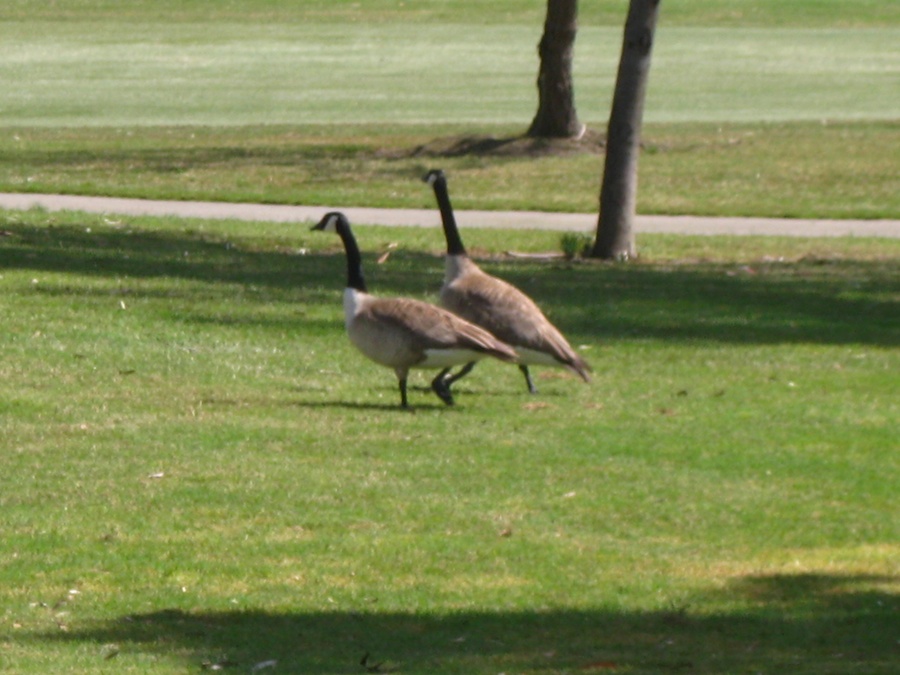
Here they come... Now we have four
Did You Know? - The term goose applies to the female in particular while gander applies to the male in particular. Young birds before fledging are called goslings. The collective noun for group of geese on the ground is a gaggle; when in flight, they are called a skein, a team or a wedge; when flying close together, they are called a plump.

"Hey guys... You can have some also!"
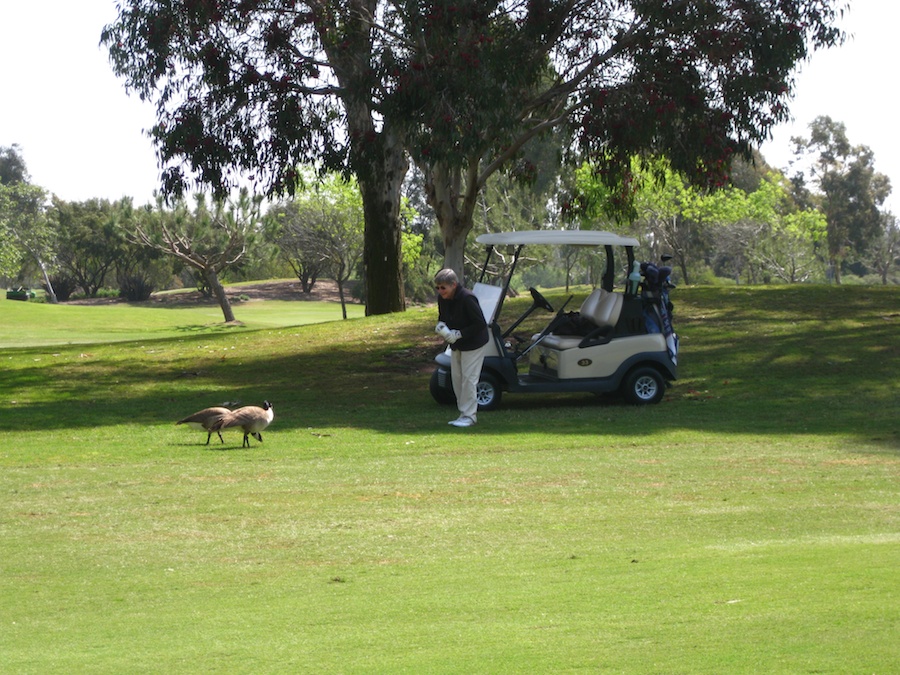
Nummy nummy
Did You Know? - The incubation period, in which the female incubates while the male remains nearby, lasts for 24–28 days after laying. As the annual summer molt also takes place during the breeding season, the adults lose their flight feathers for 20–40 days, regaining flight at about the same time as their goslings start to fly.

He came swooping in and was chasing the other goose

"Landing gear down"

Then There Were The Ducks

Mr & Mrs Duck
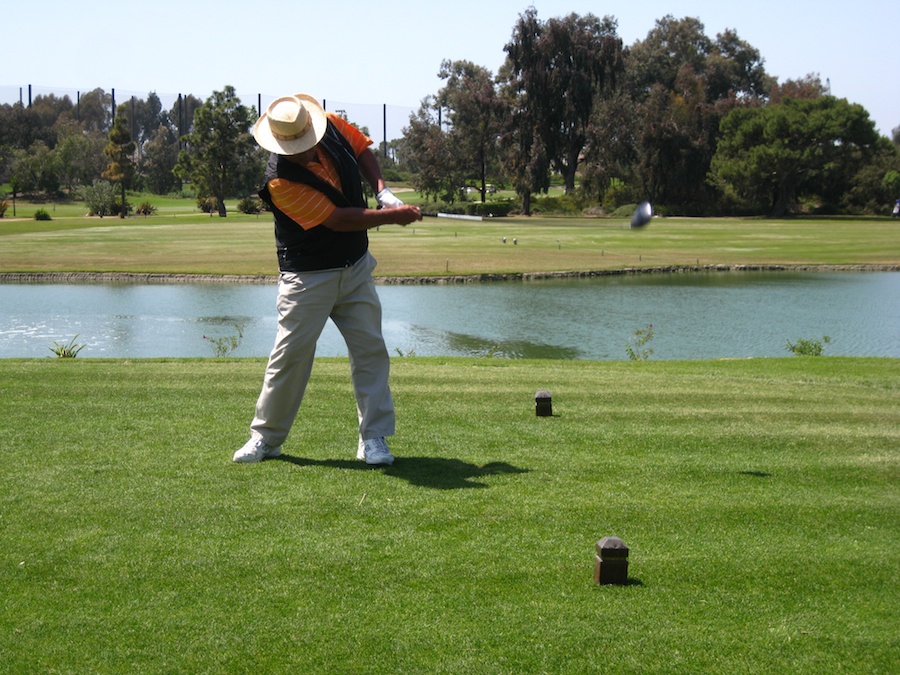
Cathey at the bat.....

Sue has little friends....

They were shooed away

Mr. Hawk had fresh coot for lunch
Did You Know? - The Red-tailed Hawk is carnivorous, and an opportunistic feeder. Its diet is mainly small mammals, but it also includes birds and reptiles. Prey varies with regional and seasonal availability, but usually centers on rodents, comprising up to 85% of a hawk's diet.
Most commonly reported prey types include mice, including both native Peromyscus species and house mice, gophers, voles, chipmunks, ground squirrels and tree squirrels.
Additional prey (listed by descending likelihood of predation) include lagomorphs, shrews, bats, pigeons, quail, corvids, waterfowl, other raptors, reptiles, fish, crustaceans, insects and earthworms.

On #17 The Ducks Flew In For A Snack
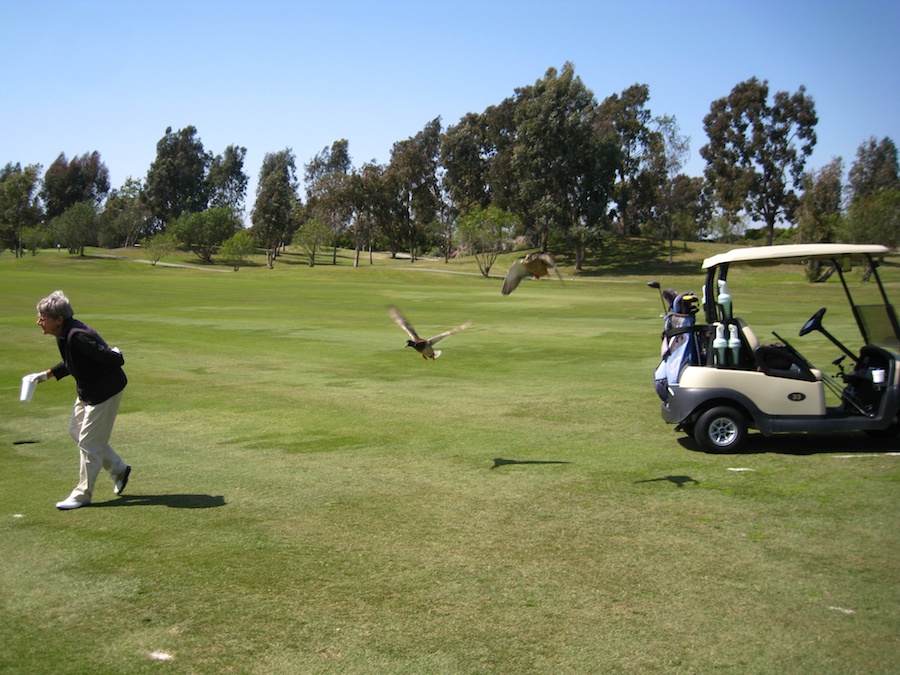
"Here we come"

More interested in the lady than the food

"Leave me alone"
